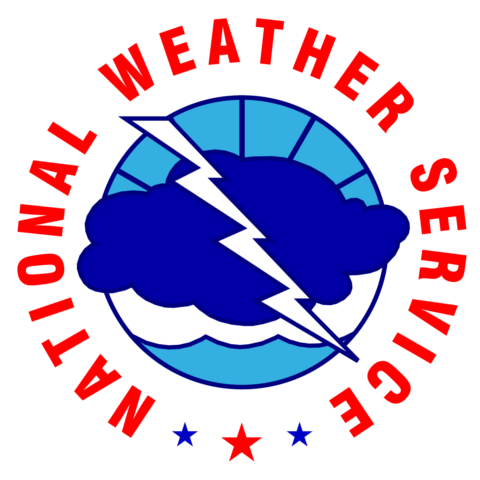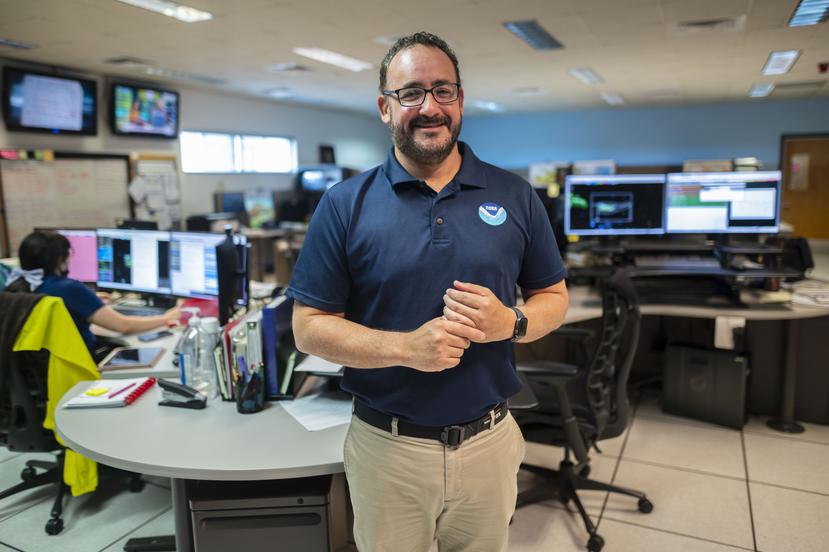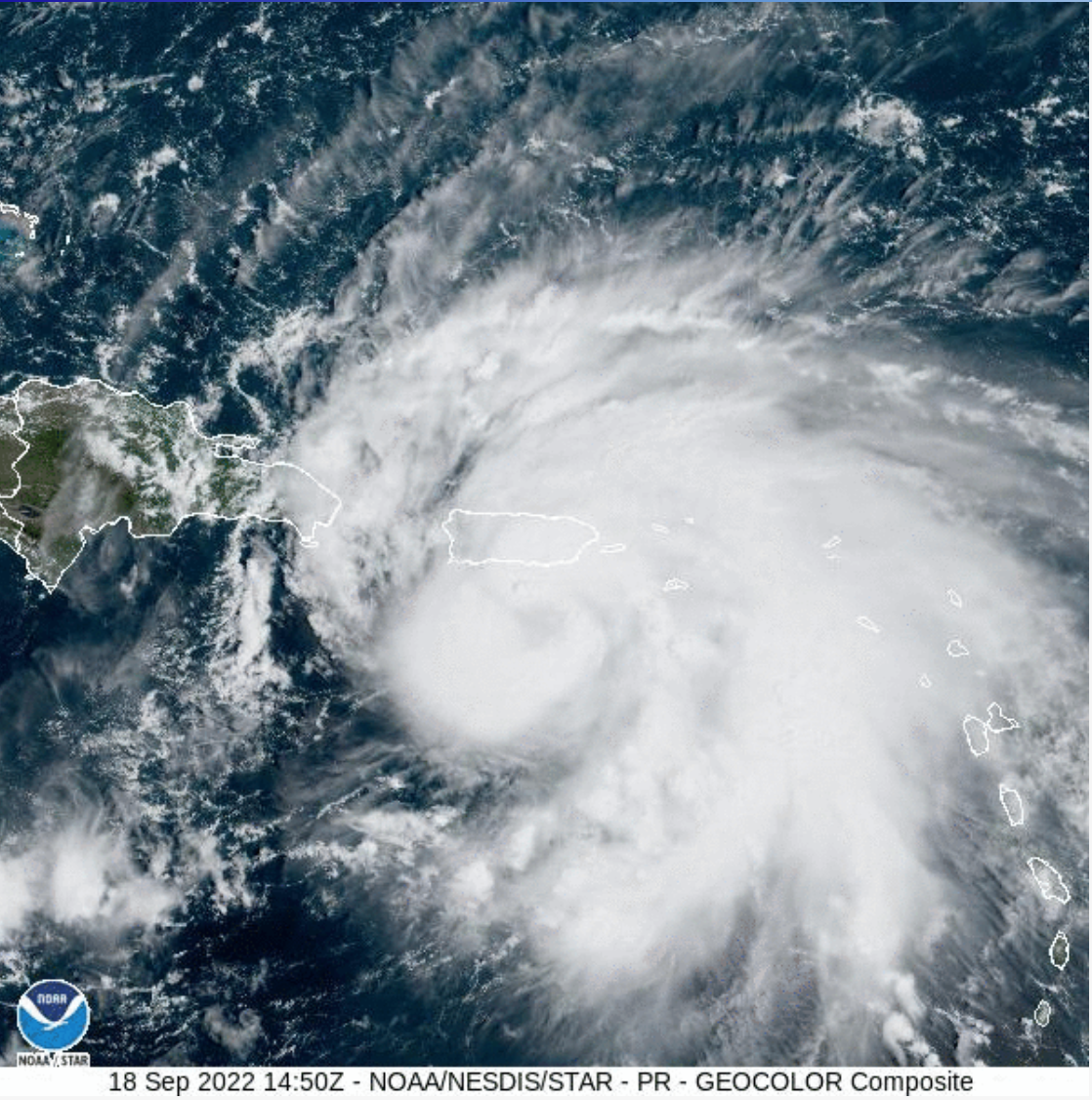
The friendship between Puerto Rico and the U.S. Virgin Islands is well known and celebrated, including, famously, on the annual “Virgin Islands-Puerto Rico Friendship Day” the second Monday in October. However, one area of partnership and collaboration between the two territories that may not be as frequently recognized is the weather — and those who work tirelessly to forecast it accurately.
The men and women working at the National Weather Service in San Juan, Puerto Rico, play a significant role in forecasting the weather for Puerto Rico, the Virgin Islands, and the Caribbean during and outside hurricane season. Their primary goal is to protect property and save lives through their work and service.
A Priority for Protecting Life and Property
Ernesto Morales — a warning coordination meteorologist at the NWS in San Juan — has spent more than half of his life with the agency. Morales spoke with the V.I. Source about the meteorological collaboration between the territories and the daily lifesaving weather forecasts he and his colleagues provide.

“The mission of our agency is to protect life and property through our forecasts, to try to be there for service, [and to] serve our public by getting them the best information,” said Morales.
Part of Morales’s responsibility is to disseminate forecast information at the NWS office and then share that information with residents and visitors in both territories as effectively and efficiently as possible. “For us, the area of forecast coverage is Puerto Rico and the U.S. Virgin Islands. We do a routine forecast every day, every six hours, and we come out with a forecast package. We treat the Virgin Islands like Puerto Rico,” explained Morales.
Morales and the NWS team consistently examine the best way to share critical weather alerts, using outlets such as television, radio, social media, and, more recently, emergency alerts issued to mobile phones. A collaboration with the Virgin Islands Territorial Emergency Management Agency helps to warn individuals in the USVI about severe weather conditions.
“One of the latest things that we’re doing is that we have a wireless emergency alert system that’s using this technology on cell phones and smartphones. Every time we issue a warning — such as a hurricane or a tropical storm warning — we send a short version [of the warning] through our cell phones so everybody can get information. That alarm can save your life,” noted Morales.
Round-the-Clock Work During and Outside of Hurricane Season
The National Weather Service is always open, and meteorologists work 24/7 to monitor weather conditions for the public. Meteorologists at the NWS in Puerto Rico operate in six-or 12-hour shifts (depending on storm activity) every 24 hours, 365 days a year, and there’s always someone at the office monitoring weather conditions.
Hurricane season lasts six months, beginning each June 1 and ending Nov. 30, a date that brings a collective sigh of relief to many in the tropics. However, hurricane season is a year-round affair for the National Weather Service. It involves preparation and research when the tropics are quiet and critical decision-making when they are active.
“Preparedness is year-round. June 1st to November 30th is the hurricane season, but the hurricane season for us here at the Weather Service starts on January 1st and ends on December 31st. This is a constant thing. When we’re not putting out the fires, we’ve got to try to be more proactive,” explained Morales.
Constantly Learning and Improving
The NWS folks are diligent inside and outside of hurricane season to be the best tropical forecasters they can be. When the season ends, meteorologists conduct training and exercises each year, study and analyze forecasts, and dissect data about storm systems that occurred in the active season.

“Every year, we learn new stuff. This year [2022], we talked about how busy it would be. June — nothing happened. July — nothing happened. And August — nothing happened. It wasn’t until September that we started having [many] storms. So, now we go back and start doing analysis, [asking] what happened in the 2022 [hurricane] season. We were expecting so many hurricanes, and we didn’t have that many. We were forecasting 21 storms. So, what’s going on? Every season we learn these things. The learning curve is always there,” said Morales. (As of Nov. 1, there have been 13 named storms in the 2022 season, including Hurricane Ian, which made landfall in Florida on Sept. 28 as one of the strongest storms to strike the United States in recorded history.)
Climate Change and Looking Forward
One area that the NWS and NOAA focus on is climate change and the impacts it will (and already has started to) bring to the islands.
“Climate change is a big challenge. We’re already here in the tropics and seeing the impacts. We’ve seen sea levels rise, and now it’s a reality. We’ve been talking about this for the last 30 years, and now people are noticing. It’s going to get worse before it gets better,” notes Morales.
The National Weather Service will need to adapt and change as the climate changes, and the agency is prepared for these changes. Newer, more advanced forecasting technology and artificial intelligence will play a large part in the future of the NWS. Still, computers and A.I. will only be able to do some of the work, and the need for people to provide quality forecasting and communication will be essential.
“The role of the National Weather Service is going to change. Nowadays, we can still do better than the [computer forecasting] models. But now, with artificial intelligence, we believe that models are going to start to become really, really good. Sometime in the next five to 10 years, they can take the role, completely, of forecasting,” said Morales.
“That doesn’t mean that the National Weather Service is going to disappear. Somebody has to be there to explain what the models are saying, [and recognize] the limitations or the uncertainty of each model. So, even if the technology is getting better, and the forecasts are getting better, there must be a human interface to explain to other humans about the day-to-day weather,” he said.
“This is Not a Job. It’s a Conviction”
At its core, serving and protecting the public is the top priority at the National Weather Service, and the folks who work there genuinely love what they do. Many employees have had a desire — a calling — to provide weather forecasting services for as long as they can remember.
“Most of the people who work here at our office remember the day that they made the decision to be a forecaster. The common denominator among all the employees is the dedication to service that we have. Even the name says the National Weather Service. They love to serve our public; they understand the need for the information that we give to the public [so that they] can make decisions. This is not a job. It’s a conviction,” stated Morales.
Residents and visitors in the USVI can stay updated on weather systems on the V.I. Source Weather page and sign up for alerts from the National Weather Service and the Virgin Islands Territorial Emergency Management Agency.





